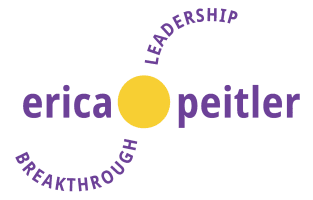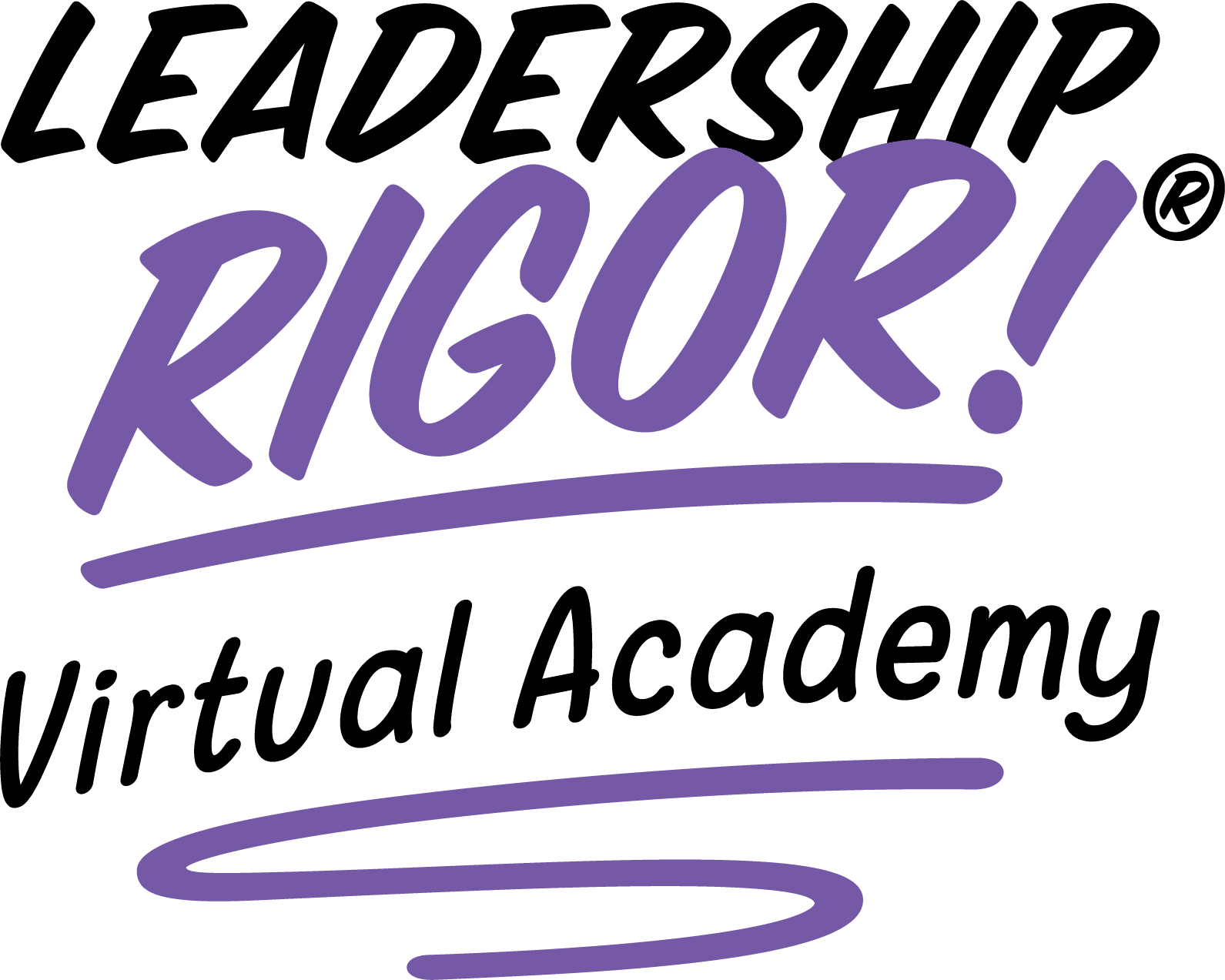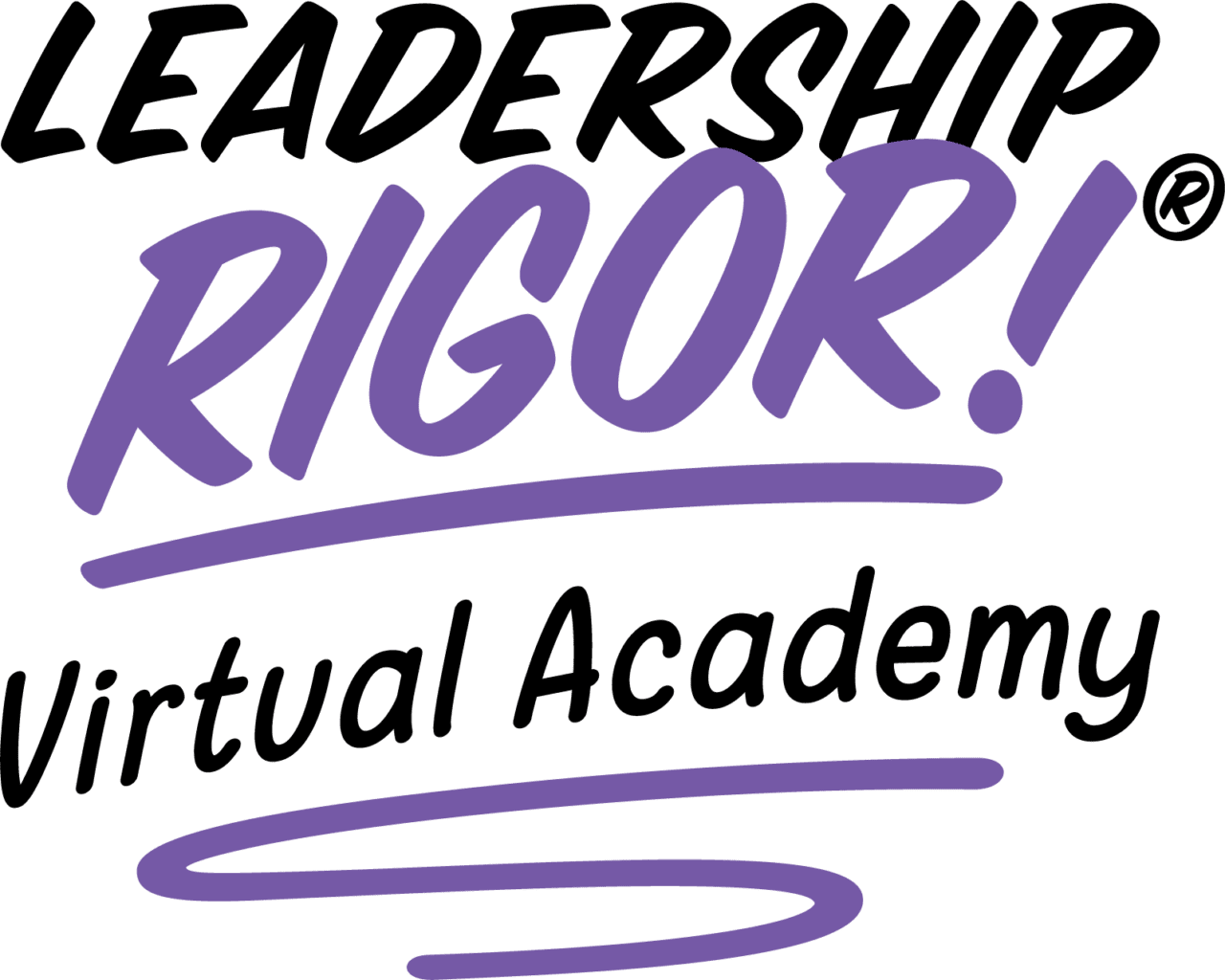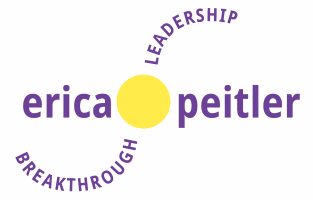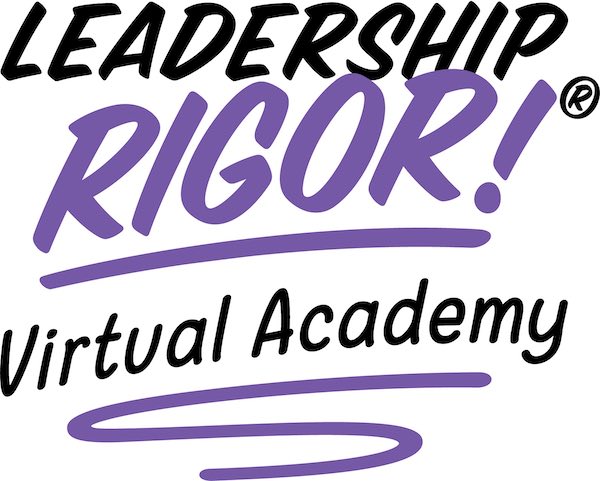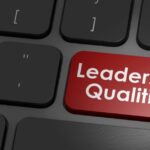

Leadership Qualities Required For Running A Successful Business
January 3, 2024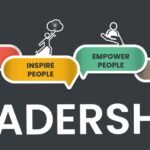

Change Leadership: People-First Skills That Inspire Action
January 15, 2024Leadership Qualities Required For Developing A Strong Talent Bench!
If you read last week’s blog, leadership qualities relate to an individual’s inherent hardwired preferences. So, while some leaders are thoughtful, patient, and kind, others can be demanding, impulsive, or critical. These various leadership qualities create the experiences of “what it’s like to be with you,” which can be negative in the case of being overly critical or not productive as in the case of being perhaps too patient and kind. Becoming self-aware of our inherent preferences and learning to self-manage or flex to the preferences of others is essential for leaders who want to develop a strong talent bench.
Dancing Together—Leadership Qualities and Leadership Skills
Interestingly, leadership qualities are typically our unconscious behaviors. Leadership skills, on the other hand, are consciously learned and applied. Here we will focus on how leadership qualities and skills “dance together” as we explore the requirements for developing a strong talent bench on Teams and Organizations.
Before we dive deeper, there is an interesting connection between leadership qualities and leadership skills that have important implications for organizational leaders. If someone has Leadership Qualities that negatively impact the team dynamics and the individual is aware, has been given feedback, yet is unwilling or unable to flex to the preferences of others, would any degree of Leadership Skills they have to share be attractive? Would they be a person you would want your talent to be supervised by and responsible for their learning and leadership growth?
There is an important insight here to notice. The ability to develop others requires a level of not only capability but also respect and permission where vulnerability and openness to learning are believed to be safe. In short, having a relationship that is grounded in TRUST.
Those who understand their own Leadership Qualities along with how to self-manage them and possess valuable Leadership Skills that can enhance the application of practices that successfully drive desired outcomes will be followed. With followship, a leader has their official invitation to build a strong talent bench. Without this, someone in a “leadership position” can, at best, create compliance in their team members, though talent development will likely suffer over time.
Talent is an ASSET that either “appreciates” or “depreciates” over time. The best Organizational leaders understand this and set the right conditions for talent development, including selecting or de-selecting supervisors who are given the role of people leadership.
The Leadership Qualities and Skills Your Talent Wants from Leaders
Role Modeling Integrity and Trustworthiness
Being a person with integrity is often considered a Leadership Quality, given that it is typically considered a part of someone’s natural hardwiring. Integrity, however, is a word that needs to be clearly defined in the context of leadership. It is beyond the expectation of ethical behavior, though this is critical. It is also a lens that talent looks through to see if a leader is consistent with “walking their talk,” meaning do they do what they say? This is a Leadership Skill that must be actively role modeled. If a leader does not have integrity with their words/deeds, how can they expect their talent bench to believe and follow what they say?
Without role modeling integrity, your talent bench will not trust you. In effect, any excellent leadership skills or insights you may have will be viewed with skepticism and cynicism, rendering it virtually useless by your talent. This is one example of how a leadership quality and a leadership skill “dances together.”
Demonstrating Emotional Intelligence (EQ)
Understanding and managing one’s emotions (self-awareness and self-management) as well as the emotions of others (social awareness) is a learned leadership skill. Emotional intelligence is the true differentiator between those who excel in leadership roles and those who struggle. Research shows that most executives are selected for their high levels of EQ when asked to take on organizational leadership roles.
Emotional intelligence is taking on even greater importance today with mental health, well-being, burnout, and talent retention at the top of the priority list for CEOs and their Executive Leadership Teams. Beyond enabling a leader to navigate complex interpersonal relationships and empathize with team members individually, it also enhances the ability to make decisions with consideration for the emotional well-being of the broader community.
An individual’s temperament (natural hardwiring) is a leadership quality. Emotional intelligence is a learned leadership skill, and a composed leader who can handle pressure fosters a positive and supportive workplace environment.
Utilizing A Range of Leadership Styles to Coach for Performance
Leaders with limited exposure to training + development, who have worked for only one company, or who have been reared by unskilled supervisors, often adopt the styles and behaviors they have been surrounded by in their careers. Historically, getting the work done and achieving results was all that mattered. Today, progressive leaders and organizations understand that behaviors are equally important if they are seeking to build a robust talent bench of future leaders.
Demonstrating the leadership qualities of getting results at all costs, being focused only on delivering tasks, or telling/demanding others to comply with “their ways of doing things” is considered “old school” and creates a hostile environment with a weak talent bench.
Alternatively, progressive leaders understand that getting work done with and through others requires influencing skills, applying leadership style diversity as well as an investment of time and energy if they are going to develop a competent and confident talent bench of future leaders.
These progressive leaders understand the difference between the “golden rule” and the “platinum rule.” Treating others, the way YOU want to be treated, what we have considered the golden rule, is today viewed as a myopic and selfish leadership quality. Understanding the hardwiring, motivations and goals of others allows for a leader to use the right style for the right person at the right time. This is the platinum rule in action, and it reflects a leaders skilled ability to treat others the way THEY want to be treated. This leadership practice is a game-changer for accelerating talent development and ensuring individuals reach their full potential as leaders.
Being Empathetic and Compassionate
Mirror Time! You cannot give to others what you do not have yourself. If you are not empathetic and compassionate to yourself this is likely visible in your work environment and can represent an integrity gap if your intention is be viewed as a leader who demonstrates this to others. The impact could be that you may not be considered genuine or authentic when attempting to show empathy or compassion to others. Instead, it can be seen as merely gratuitous, which feels insincere and manipulative. This is a problem for leaders!
Understanding the needs, feelings, and perspectives of others is table stakes in our business world now. Being empathetic demonstrates a leader’s ability to connect with individuals on an emotional level so they can see and feel their colleagues’ experiences. Beyond empathetically connecting, when we have compassion for our colleagues we can use our leadership skills to partner with them on solutions, options or support requirements that can get them through a particular challenge or situation.
Empathy and compassion deepen leaders’ relationships with their talent bench and help them create a more inclusive workplace culture where people are inspired to be themselves and give their best to the team/organization.
Gaining Alignment and Holding Accountability
In our leadership journey work, we ask: Are you a giver or an earner of trust? The answer reveals a leadership quality or hardwired preference.
Leaders who are earners of trust can slow down talent development by withholding independence through a lack of confidence and requiring more direct oversight due to their concerns about the consequences of mistakes being made. Alternatively, Givers of trust tend to accelerate talent development by instilling confidence and treating mistakes as learning opportunities.
While both leadership qualities are prevalent in the business world today, there is a big difference between giving trust and ASSUMING accountability and giving trust and SECURING accountability. The leadership skills of securing Alignment and holding accountability are fundamental requirements for organizational performance and productivity. Talent will thrive when their supervisors demonstrate these leadership skills and provide a roadmap for their technical and behavioral development.
One of the tools we integrate into our leadership training is the Alignment and Accountability Conversation. We ground participants in the fact that accountability is a two-way street. It must be both GIVEN and TAKEN, which requires a “negotiation” to secure Alignment. The leadership skills required here include:
- Establishing expectations.
- Ensuring appropriate resource availability and role clarity.
- Being clear on a mutual deliverable.
- The parties are aligned and committed to shared accountability once these are discussed, negotiated, and agreed to. The leader has set the conditions, and the direct report has decided to deliver the work within those parameters. If things change, another conversation must occur to recalibrate the commitment.
Many leaders fear and avoid holding accountability. As a leadership performance coach, I often remind them that having accountability is not a “negative” act. It is the positive act of REMINDING a colleague of their commitment to themselves and you! This is an opportunity for that talent to demonstrate the leadership skill of integrity by walking their talk!
How to Leverage these Insights For Building YOUR Talent Bench
Leadership training and skill-based learning has become a critical priority for CEOs and their Executive Leadership Team given the dynamic challenges organizations are struggling with including uncertain market conditions, employee turnover and most importantly a lack of engagement.
We can offer you an opportunity to BREAKTHROUGH these struggles with a customized solution for your organization and focused on building Change-Ready leaders who can facilitate progress and align action across your organization—for both your business growth and your talent growth.
Introducing The Leadership Rigor Virtual Academy, an enterprise-level program that can give you the competitive advantage to secure cultural connectivity and talent engagement and build contemporary skills for today’s hybrid work environment. In addition to great content that utilizes whiteboard animation and cutting-edge micro-learning techniques, our user-friendly learning platform and high touch program design + delivery is achieving levels of engagement that are off the charts!
Invite your organization to engage in a customized leadership learning journey where the future of work, an amazing employee experience and collaborative peer-to-peer learning converge to accelerate your Business and Talent Growth!
Start your journey today at The Leadership Rigor Virtual Academy or email erica@ericapeitler.com
